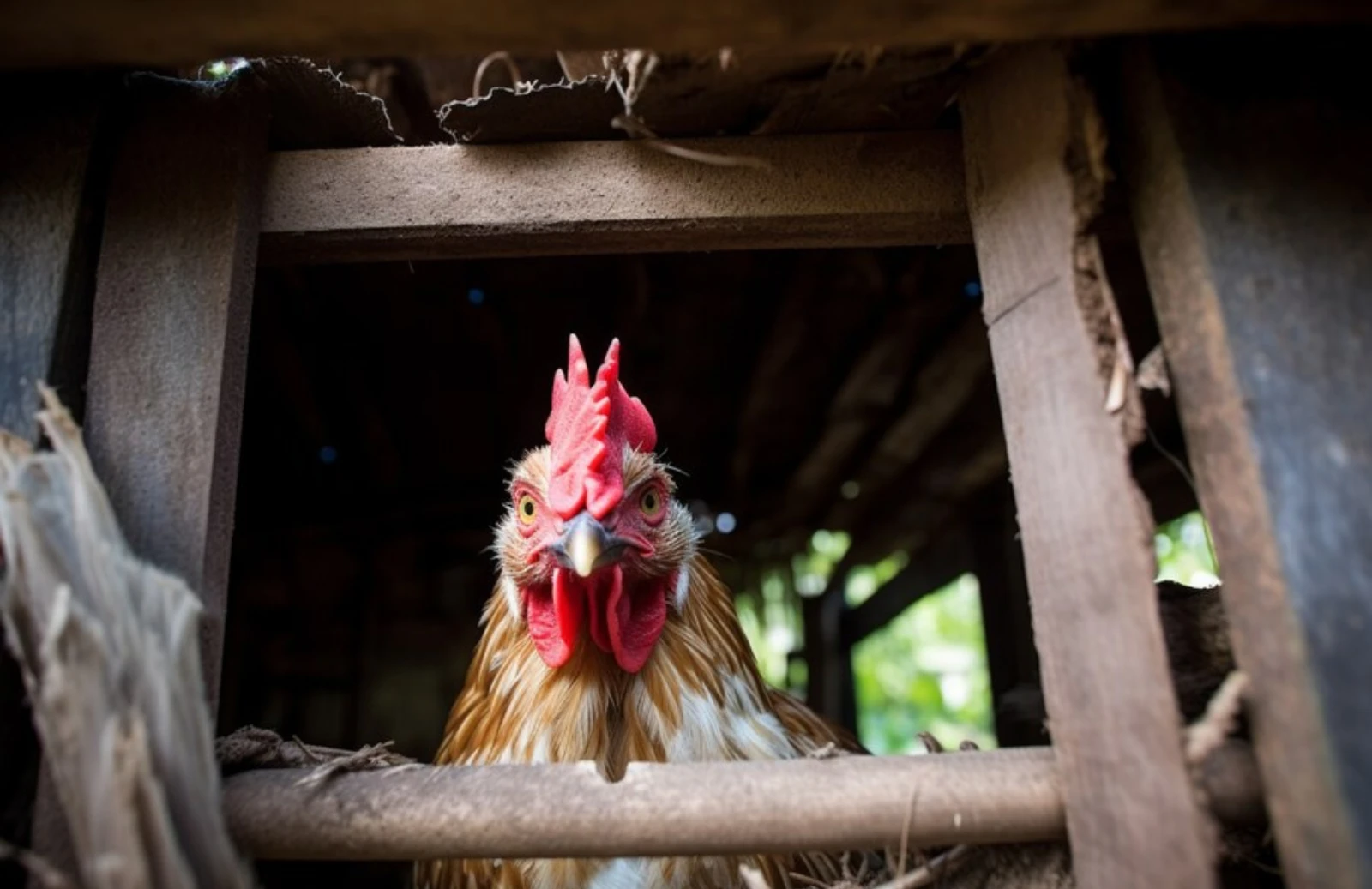Creating a year-round self-sustaining greenhouse, regardless of where you live in America, involves careful planning, design, and management. A well-constructed greenhouse can provide a consistent supply of fresh produce, flowers, and herbs throughout the year. Here are key steps and considerations to help you build a successful, self-sustaining greenhouse.
1. Choosing the Right Location
Select a site with maximum sun exposure, ideally facing south. Ensure the area is well-drained and protected from strong winds. Proximity to your home or water source is beneficial for ease of maintenance and access.
2. Designing the Structure
The design of your greenhouse should take into account local climate conditions. Here are some common designs:
- Geodesic Domes: Strong and efficient for withstanding harsh weather.
- A-Frame: Simple to construct and sheds snow easily.
- Gothic Arch: Combines strength and good light penetration.
Materials: Use materials that provide insulation and durability. Double-layered polycarbonate sheets offer excellent insulation, while glass provides superior light transmission but may require additional heating.
3. Heating and Cooling Systems
Passive Solar Heating: Maximize natural heating by incorporating thermal mass (such as water barrels or concrete) to store heat during the day and release it at night.
Active Heating: For colder climates, consider supplemental heating. Options include electric heaters, gas heaters, or wood stoves. Solar panels can provide a sustainable energy source.
Cooling: In warmer climates, ventilation is key. Automated vents, shade cloths, and exhaust fans help maintain optimal temperatures. Earth-to-air heat exchangers can provide cooling by circulating air through underground pipes.
4. Water Management
A reliable water source is crucial. Rainwater harvesting systems can provide an eco-friendly solution. Install gutters and storage tanks to collect and store rainwater. Drip irrigation systems are efficient for water use, minimizing waste and ensuring consistent moisture levels.
5. Soil and Growing Mediums
Use high-quality soil rich in organic matter. Raised beds can improve drainage and soil warmth. For hydroponic systems, choose nutrient-rich solutions to support plant growth. Composting within the greenhouse can provide a continuous supply of organic fertilizer.
6. Sustainable Practices
Incorporate permaculture principles to enhance sustainability:
- Polyculture: Grow a variety of plants together to promote biodiversity and reduce pest problems.
- Companion Planting: Utilize plants that benefit each other when grown in proximity.
- Integrated Pest Management: Use natural predators, traps, and organic treatments to control pests.
7. Year-Round Growing Tips
Crop Selection: Choose hardy varieties suited to your climate. Leafy greens, herbs, and root vegetables often thrive in cooler conditions, while tomatoes, peppers, and cucumbers prefer warmer temperatures.
Succession Planting: Plan and stagger your planting schedules to ensure a continuous harvest. Start seedlings indoors and transplant them into the greenhouse as space becomes available.
Season Extension Techniques: Use row covers, hoop houses, and cold frames within your greenhouse to provide additional layers of protection during extreme weather.
8. Maintenance and Monitoring
Regularly monitor temperature, humidity, and soil moisture levels. Automated systems for irrigation and climate control can help maintain optimal growing conditions. Routine inspections and maintenance of the structure, heating, and cooling systems will ensure longevity and efficiency.
Bottomline
By integrating these principles and techniques, you can create a year-round self-sustaining greenhouse that thrives no matter where you live in America. With careful planning and dedication, you’ll enjoy the benefits of fresh produce and a flourishing garden throughout the year.










